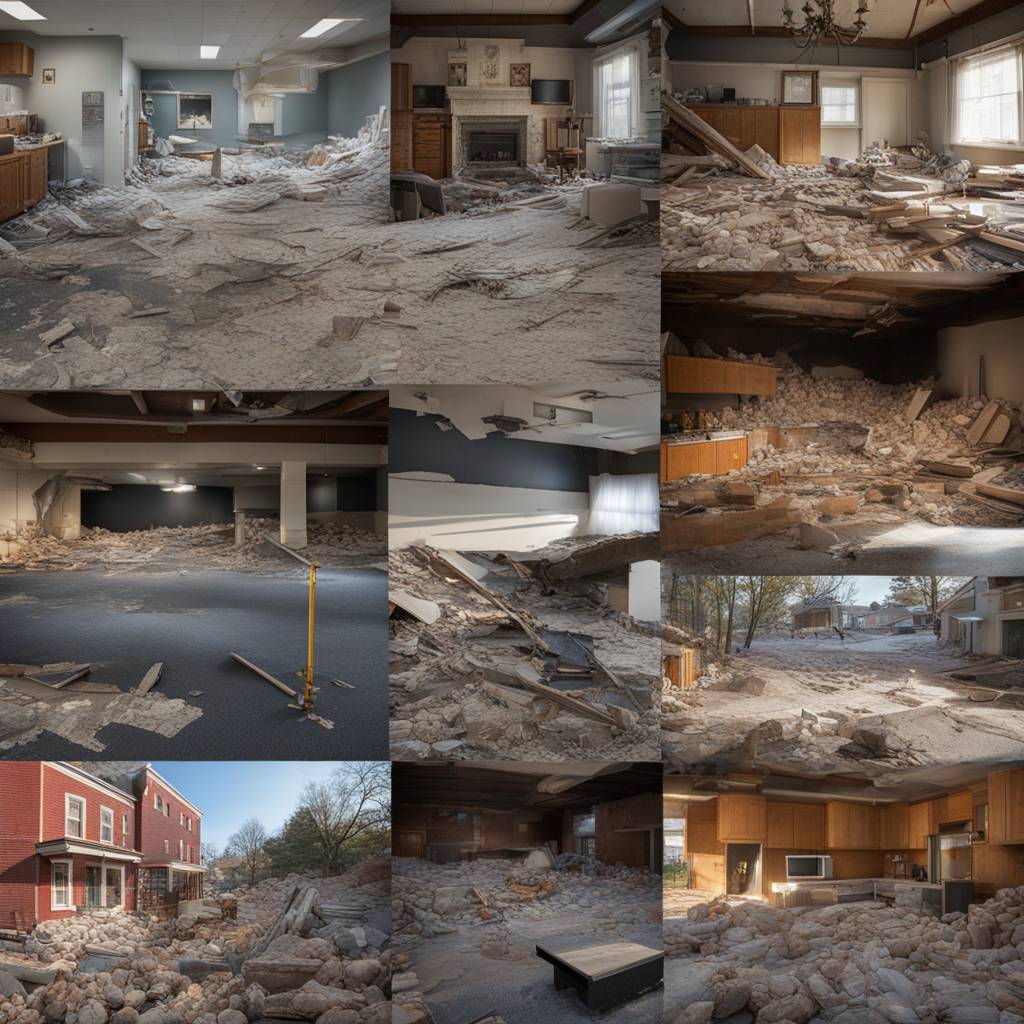New Jersey has experienced a 4.8-magnitude earthquake, which resulted in multiple aftershocks, with one measuring 3.8 magnitude. These subsequent tremors have been felt in various areas around the epicenter in Whitehouse Station, such as Tewksbury and Bedminster, with some being as far as 13 miles away. Although more aftershocks are expected, the USGS predicts no more than five additional quakes over the next week, with a 14% chance of a magnitude 4 or higher and just one anticipated. The likelihood of more significant quakes in the next year is nearly certain, with an 84% chance of 3-plus magnitude aftershocks and an 18% chance of a magnitude 4 or greater.
USGS geologists state that aftershocks like these following a main shock are expected and occur regularly. Despite the numerous tremors experienced since the initial quake, the chances of New York City experiencing a similar quake are low. Although a light shake could be felt in the coming days, it is not expected to be as intense as the original earthquake. The earthquake caused disruptions in the city with grounded flights and halted traffic, but it is unlikely that anything more significant will occur.
The event in New Jersey was a rare occurrence, as earthquakes are not common in the state since it does not lie on an active plate boundary. However, the location of the quake near the Ramapo Fault, an ancient crack in the Earth’s crust, could explain the seismic activity. New Jersey Governor Phil Murphy reassured residents that there were no major reports of damage to structures, roadways, or infrastructure resulting from the quake. Some residents in Newark were briefly evacuated, but most were able to return to their homes without incident.
While there were no initial reports of injuries or damage in New York City, some structural issues emerged later, with cracks appearing in the walls of a school gym in Brooklyn. Engineers ordered the gym shut down until repairs were made. The earthquake was declared to be the most significant in the tri-state area since 1884, highlighting the need for preparedness among East Coast residents. Officials advised people to familiarize themselves with safety protocols such as “drop, cover and hold on” to protect themselves in the event of another quake.
The USGS has identified that 75% of the U.S. population could face damaging earthquakes in the next 100 years, underscoring the importance of readiness and awareness. The delayed issuance of emergency alerts in New York City came under scrutiny, with some alerts reaching the public 25 minutes after the quake. Additional alerts for NYC public schools were sent out even later but informed parents that dismissals would proceed as scheduled.
In conclusion, the recent earthquake in New Jersey and subsequent aftershocks have caused concern in the region, prompting officials to emphasize the importance of earthquake preparedness. While the likelihood of New York City experiencing a similar quake is low, the event serves as a reminder that all East Coast residents should be ready and informed about safety measures in the event of seismic activity. With the potential for more aftershocks in the coming days and months, it is crucial for people to be vigilant and stay updated on any developments.













